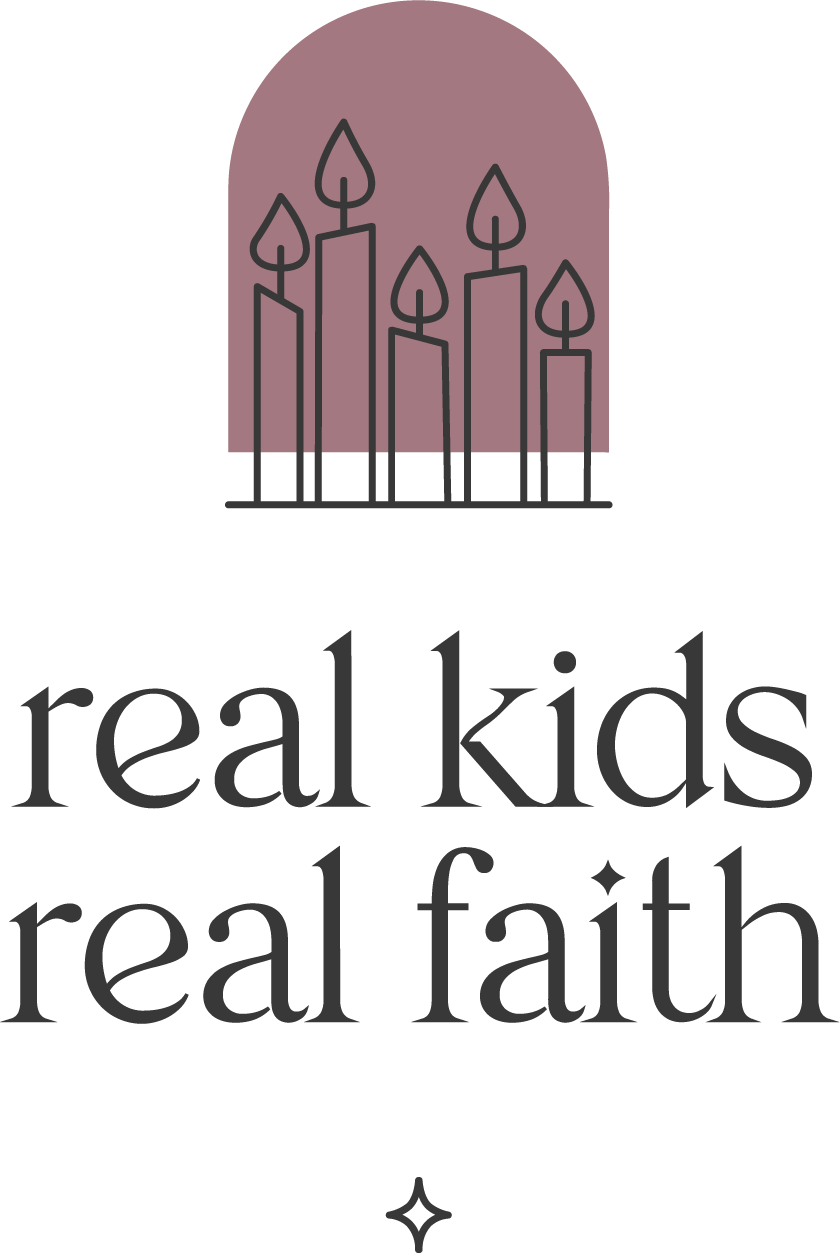Santa is everywhere these days. Well before Thanksgiving, store displays and commercials were selling products in his name and with his likeness. His fluffy white beard, bright red suit, and twinkling eyes are a hallmark of the Christmas holiday. Millions of children will sit on a mall Santa’s lap this month and whisper their holiday wish list in his ear.
Children are both fascinated by and fearful of Santa Claus. Some love the stories of his magical powers and the fact that he brings gifts. Others, especially the very young, view him as a stranger dressed in weird clothes who is far too friendly for their liking. And most, according to researchers, confuse Santa with God.
Preschool children often describe God as a kind of Santa figure without the red suit: an old man with white hair, a beard, and magical powers who is generally good natured unless a child does something wrong. Santa and God are both overwhelmingly white, even for children of color. And while God is sometimes depicted as a young man (because Jesus is also called ‘God’), it is rare for children to imagine God as female.
A primary belief about Santa and God is that both keep score: Santa, as the carol says, “knows if you’ve been bad or good, so be good for goodness sake.” Children take this admonishment seriously, and parents sometimes play up this aspect to encourage good behavior. Children also believe that God is watching and taking notes on their activities. They assume that God rewards moral actions and punishes wrongdoing.
Preschoolers also tend to conflate the North Pole and heaven. Both are imagined as places in the sky where magical things happen. Show a child a Christmas movie with scenes of the North Pole and then ask them what heaven looks like. There’s a good chance they will draw from the movie for their description.
Why do children associate Santa and the North Pole with God and heaven? It’s largely because of the ways we talk about God with children. More than half of religious children’s books depict God as male. Religious images primarily portray God as white and old. Children are taught that God loves them and the whole world (which fits with the Christmas story of Santa flying around the globe with gifts). And they are told that good behavior makes God happy, just as it does Santa.
If your child is confused about God and Santa, don’t worry. Children will outgrow this cultural conflation with time. If you want to hasten the process, highlight ways that God is different from Santa. You might point out that Santa only operates at Christmastime, but God is available all year round. Or tell religious stories that emphasize aspects of God’s character (such as mercy and justice) unrelated to monitoring “who’s naughty or nice”.
A final note: while children move past associating Santa with God, they are much less likely to give up the idea of God as an old, white man. In fact, associating God with maleness increases with age. If this isn’t the image of God you want for your child, seek out alternative depictions in storybooks and avoid using ‘he’ to refer to God. These simple steps can help children grow into a larger, more inclusive, understanding of the divine over time.

Comments